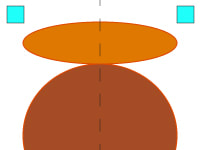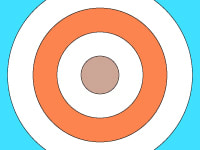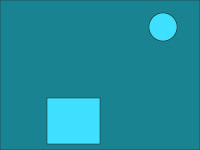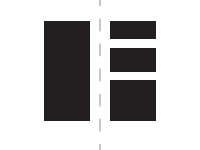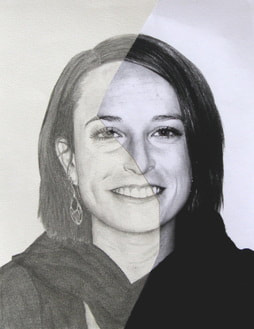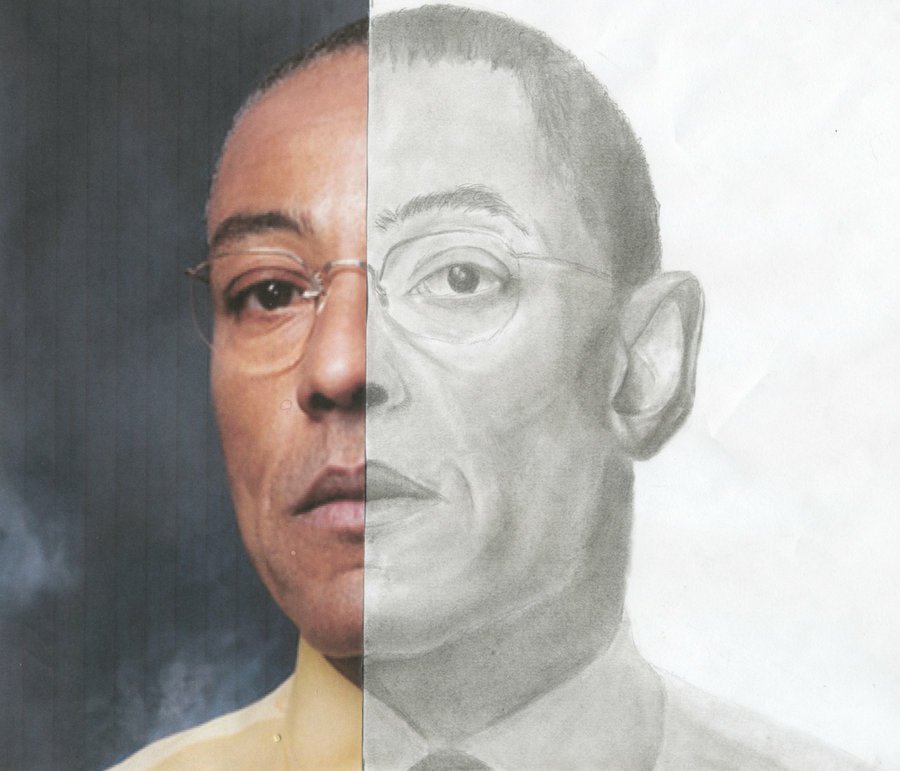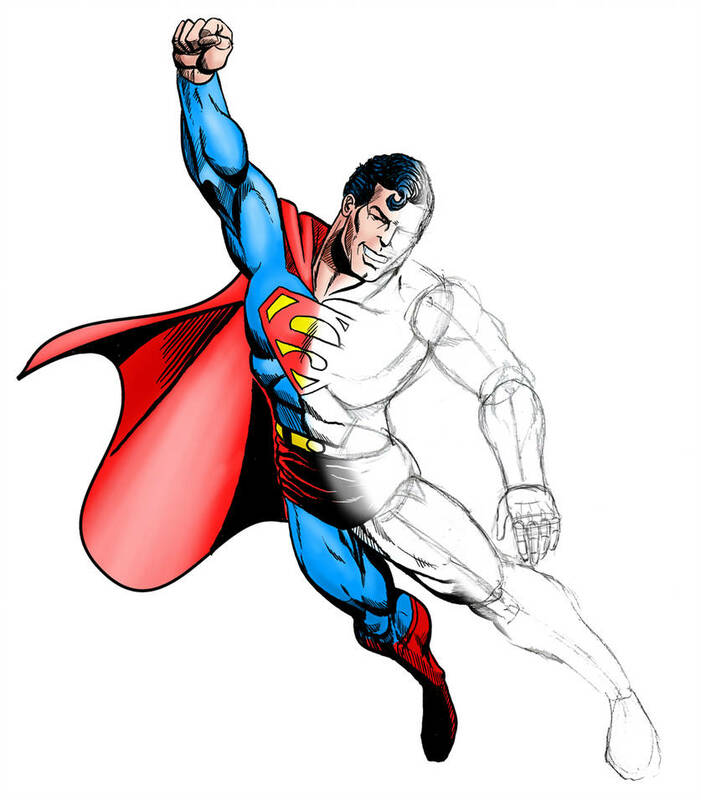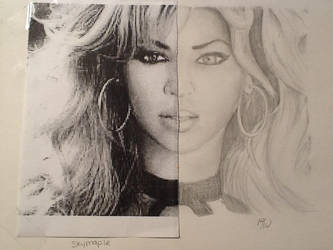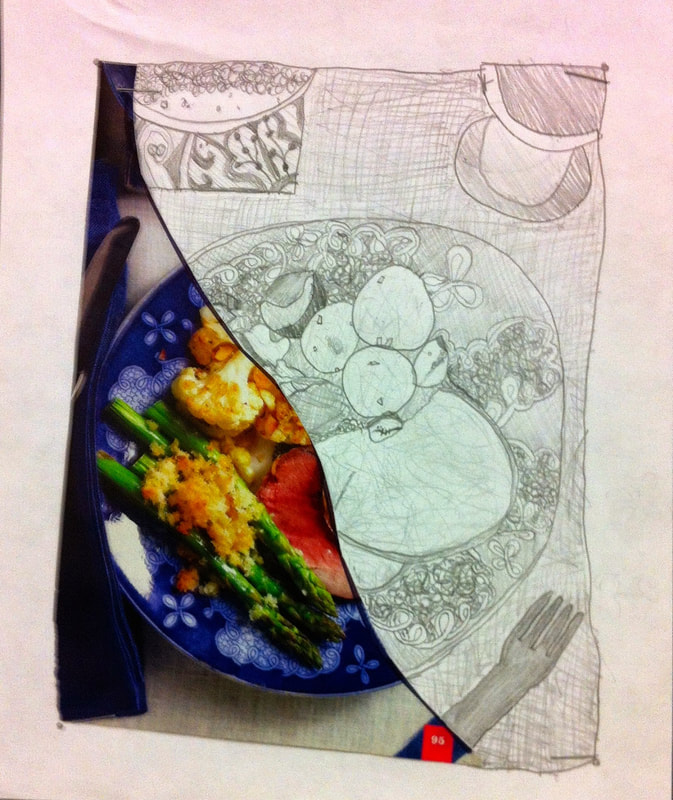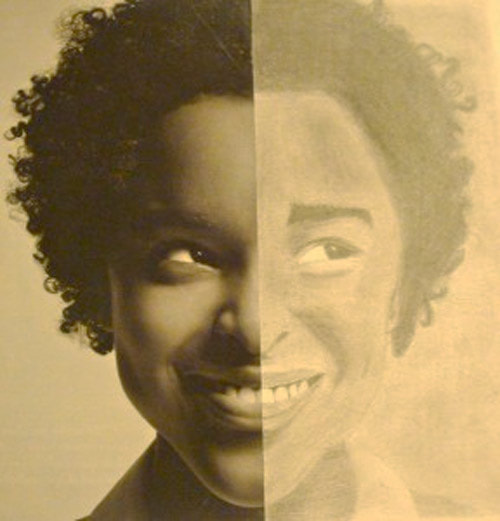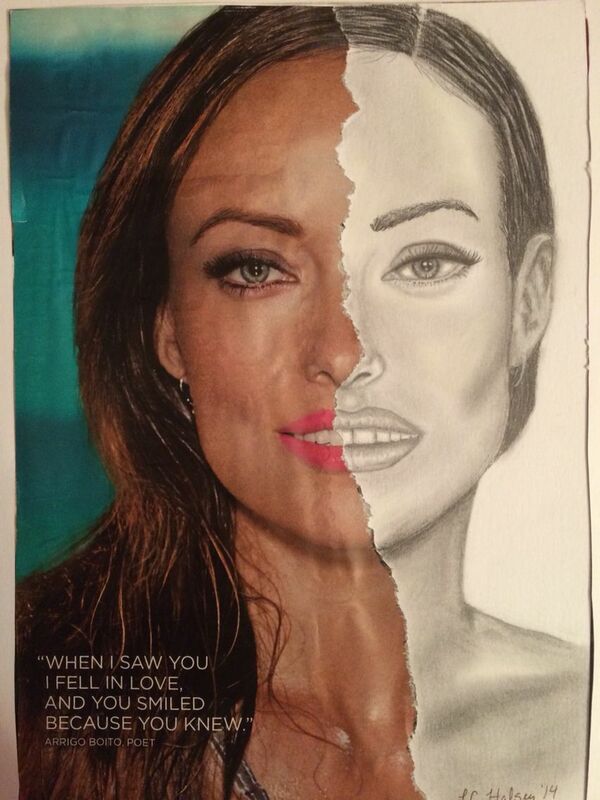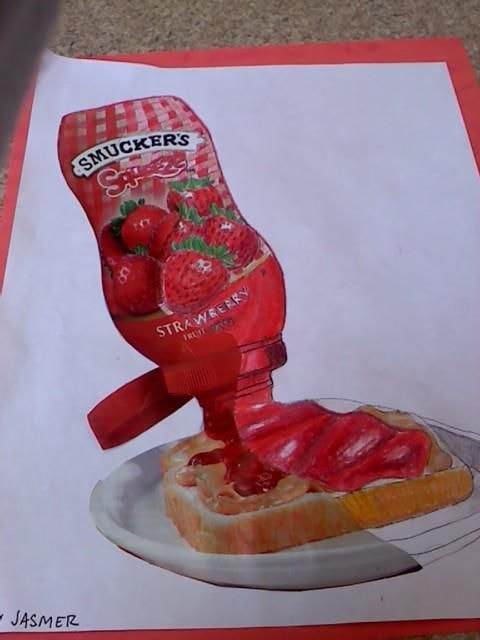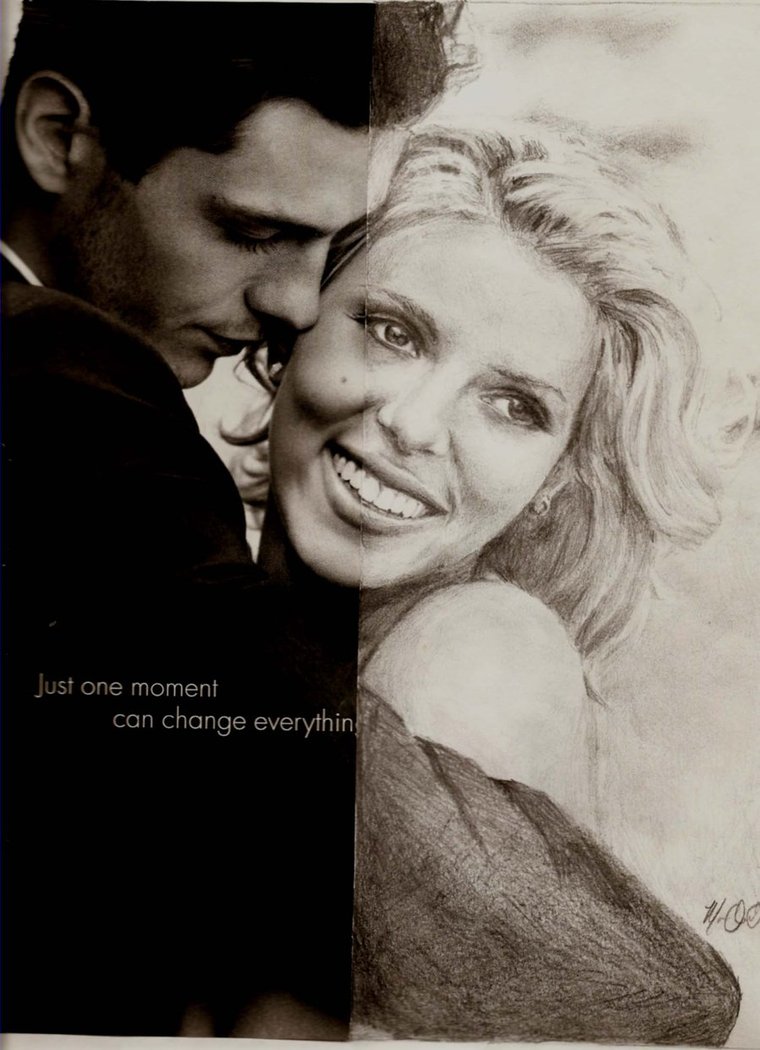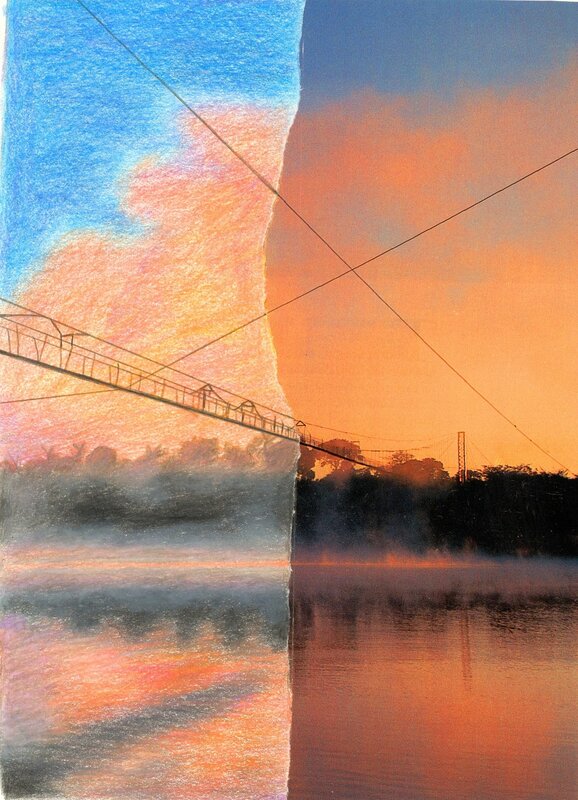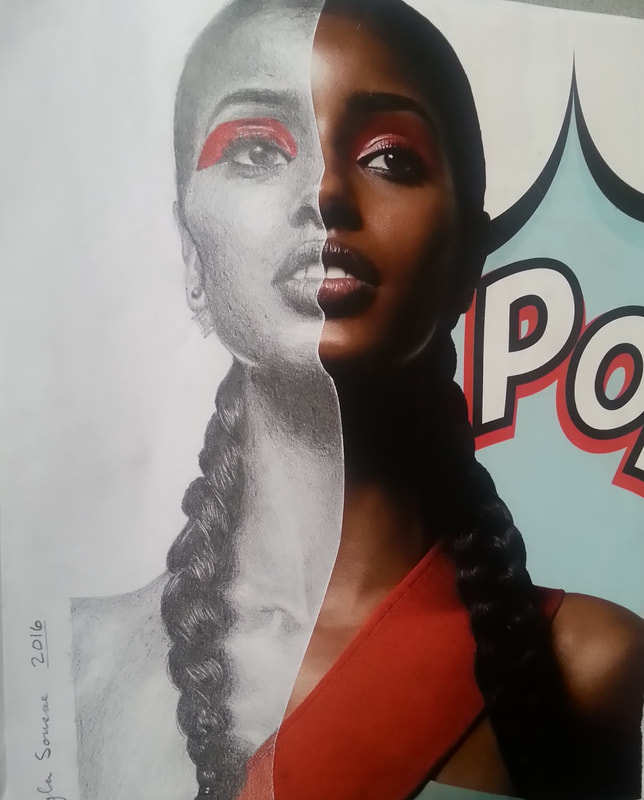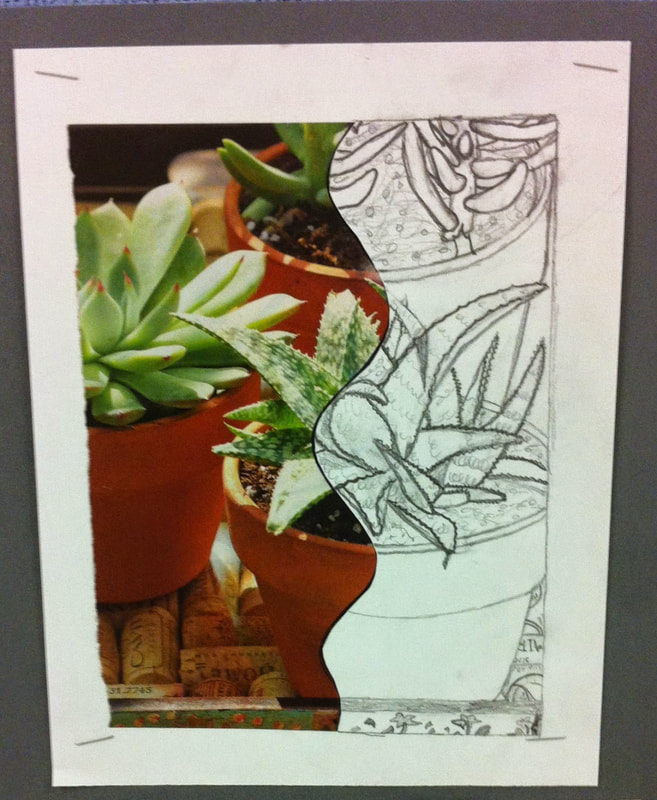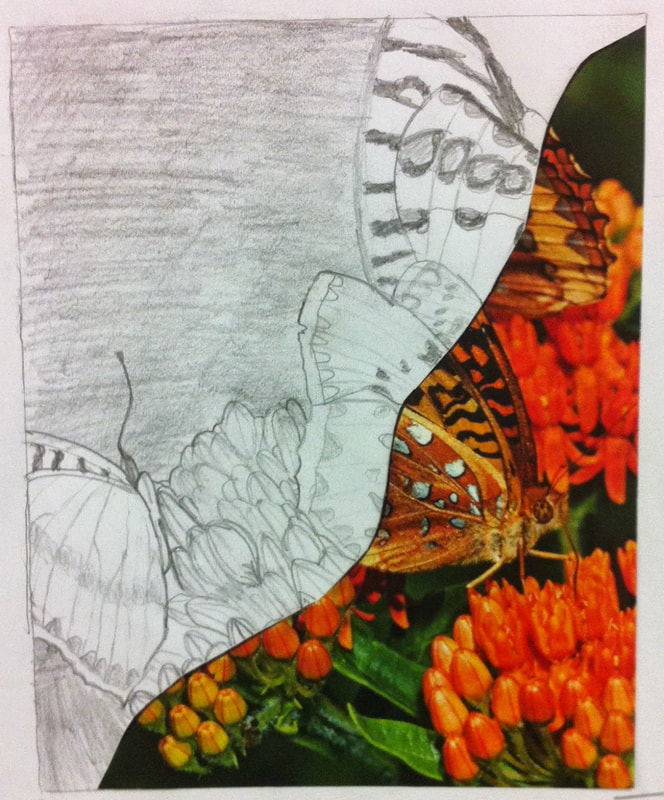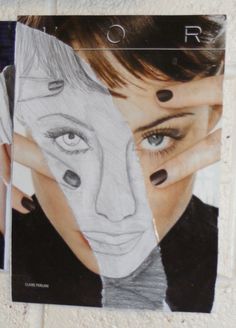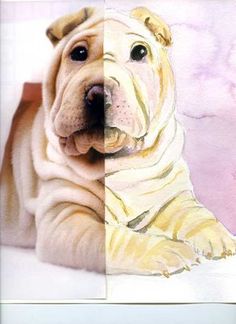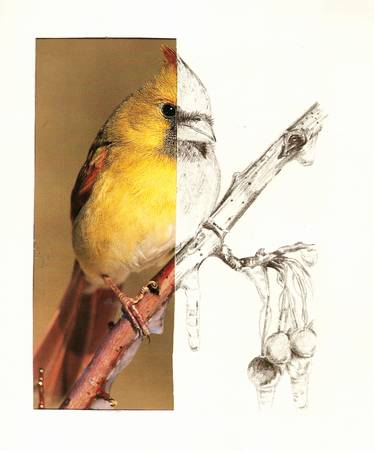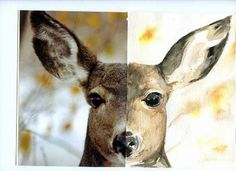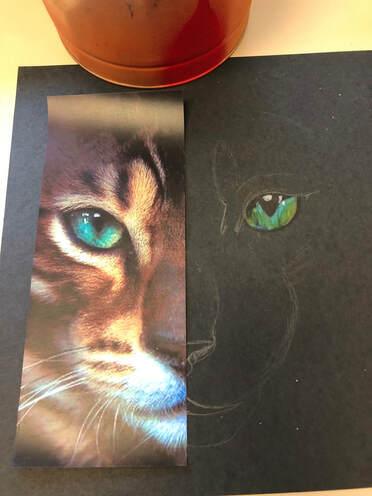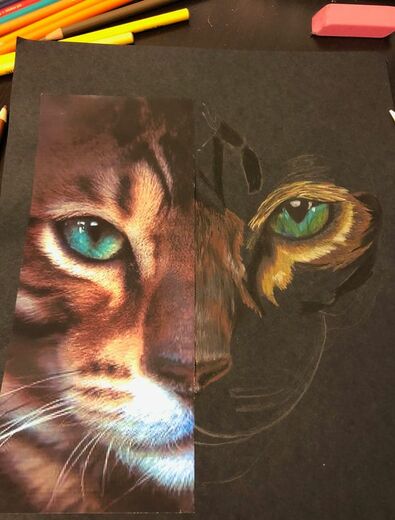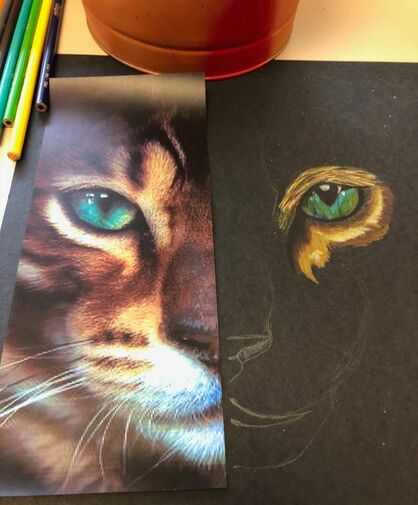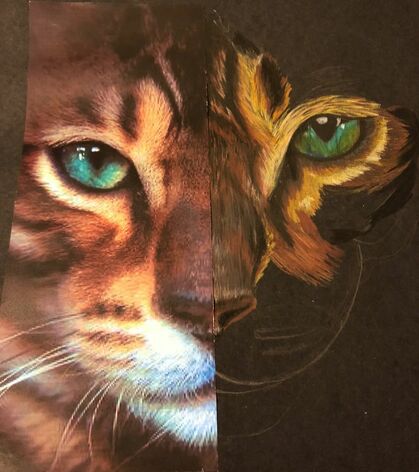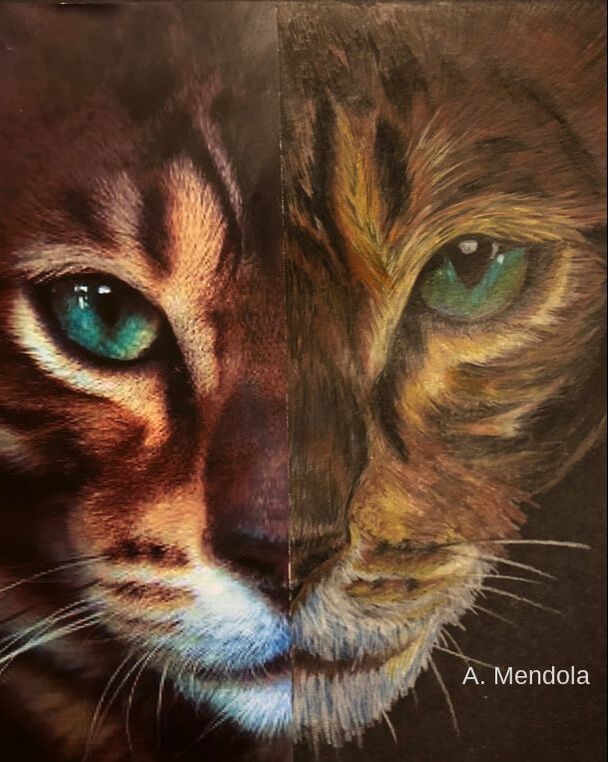Balance
|
Balance is a feeling of equality in weight, attention, or attraction achieved by arranging elements such as objects, color, texture, etc. throughout the composition. All artifacts such as photography, paintings, drawings, etc. use some form of balance, whether it be symmetrical, asymmetrical, or radial. Depending on the type of balance used, balance can provide its viewers a certain type of feeling when looking at the work of art. For example, tension can be felt within a composition when something is asymmetrical, meanwhile a composition that shows symmetry can leave its viewers feeling more at ease and calm.
|
DO NOW:
Draw these 4 images exactly as you see them in your sketchbook.
Label each image with 1 of the 4 balance terminology types we just learned about posted to the left. This will be worth 20 points |
Your Mission
You will be creating a half-drawn composition. What does this mean? This means you will draw only HALF of an image of your choosing to show one of the forms of balance. First, you will be searching for an up-close image of a person or animal. IF you find something that interests you that is not a person or animal, talk to me first before moving on.
Once you find the image of your dreams:
Once you find the image of your dreams:
- Cut it out of the magazine NEATLY
- Decide how you would like to cut your image in half.
- Clean cut down the middle
- Diagonally
- Zig-Zag
- Tack down 1 side of the cut image onto black or gray construction paper
- Keep the other half of the image in your folder
- Lightly sketch out the main contours of the missing half with either a pencil or white colored pencil
- Using only colored pencils, blend multiple colors together to make the other side look as realistic to your original image
|
|
|
Rubric
| |||||||
Proudly powered by Weebly
